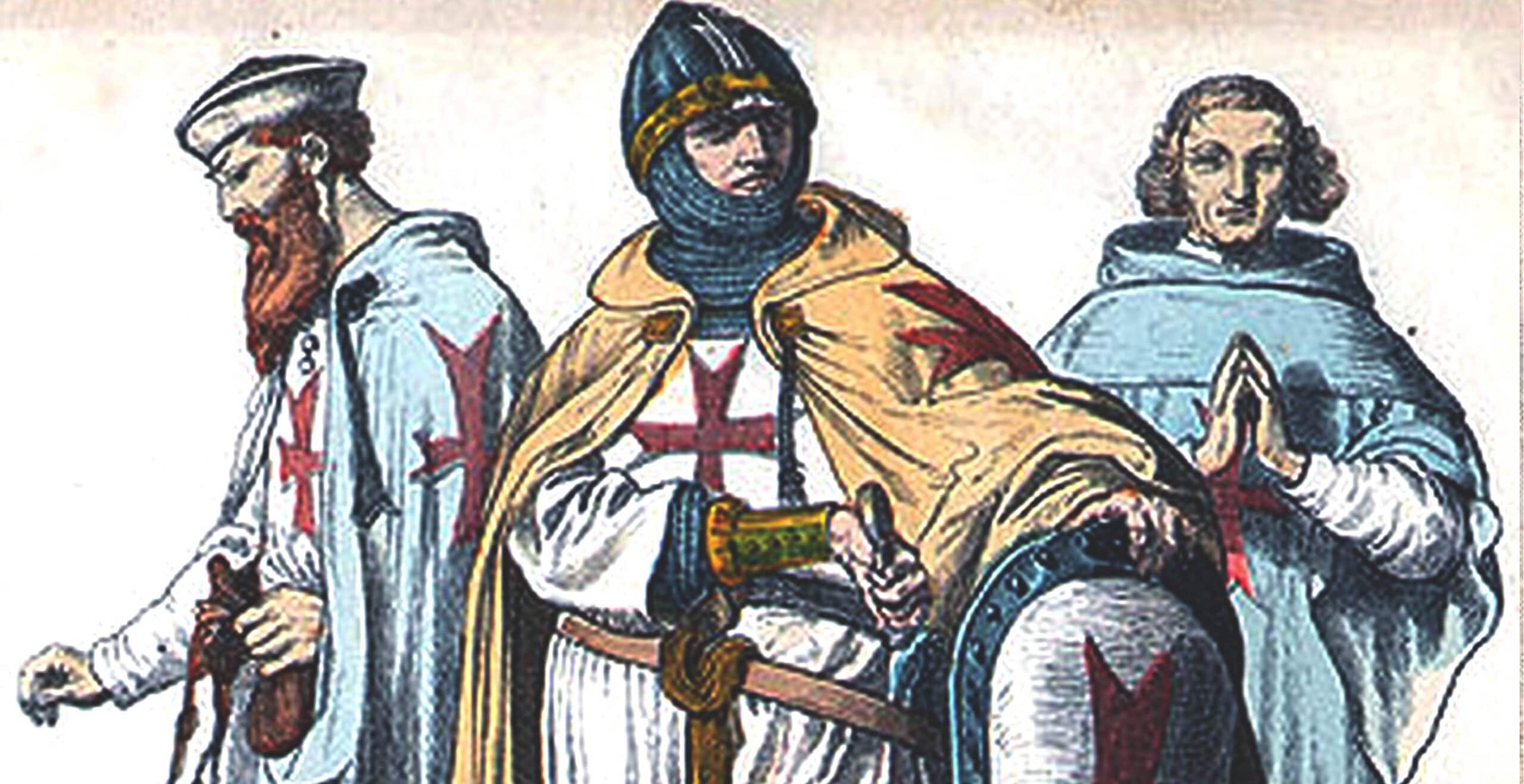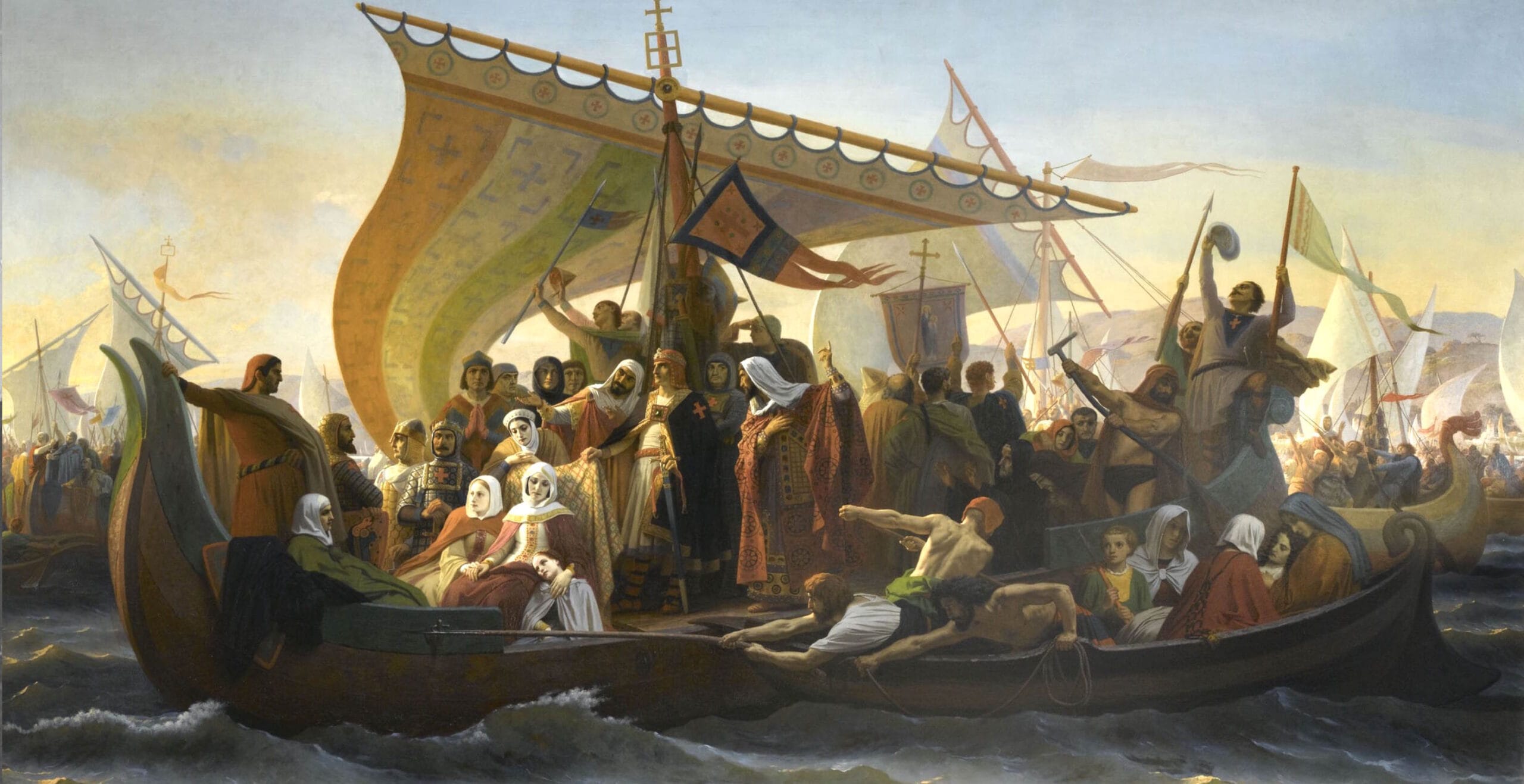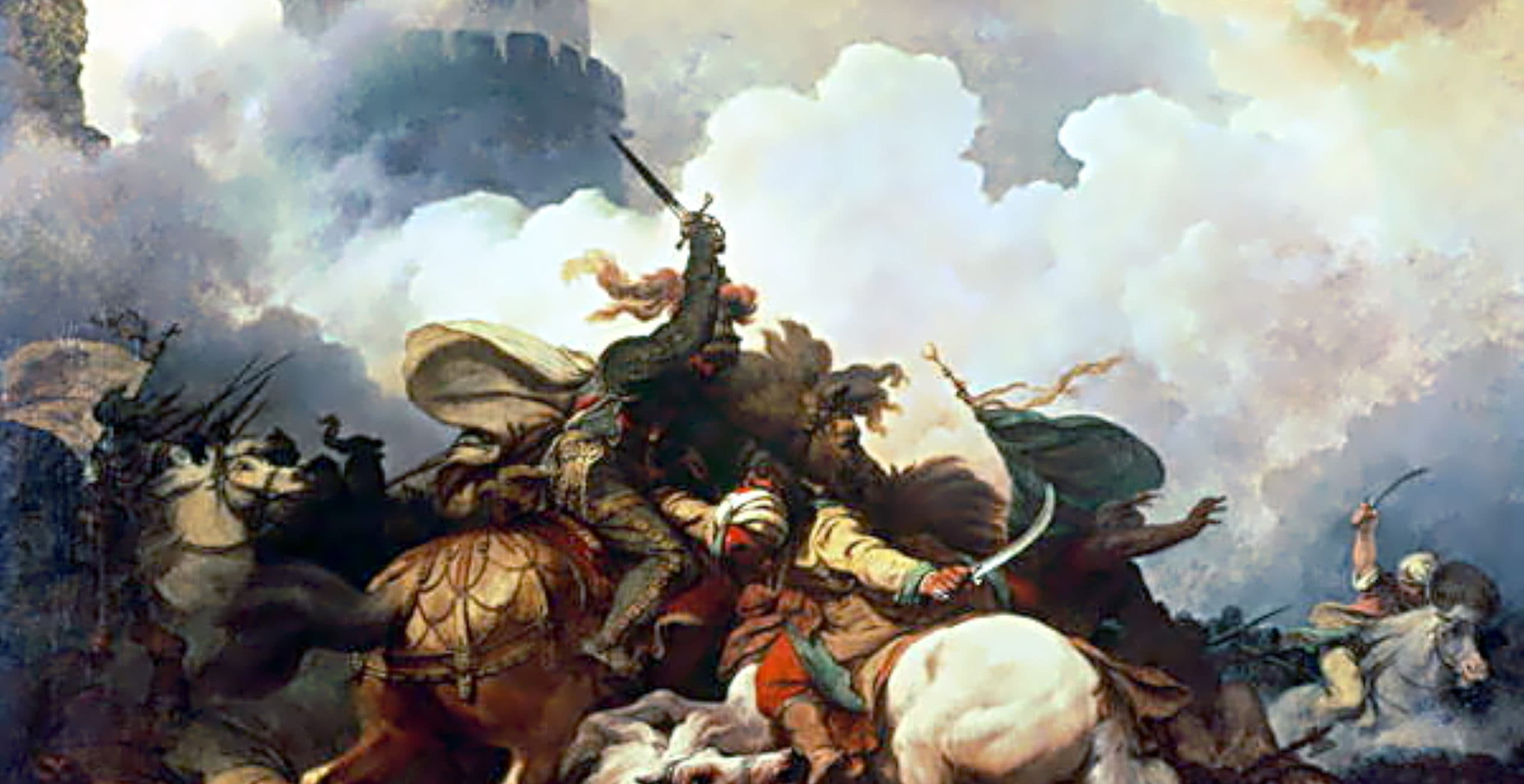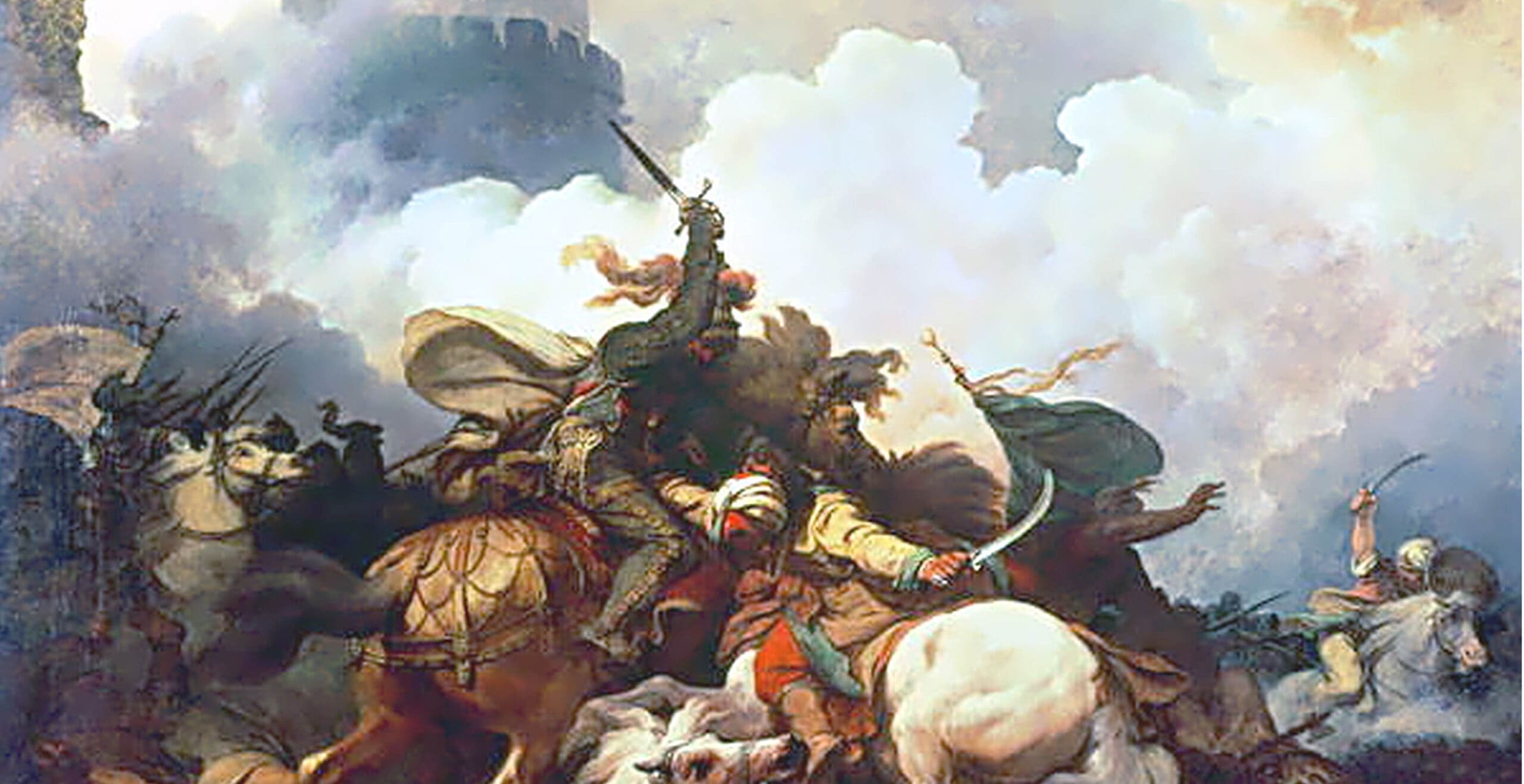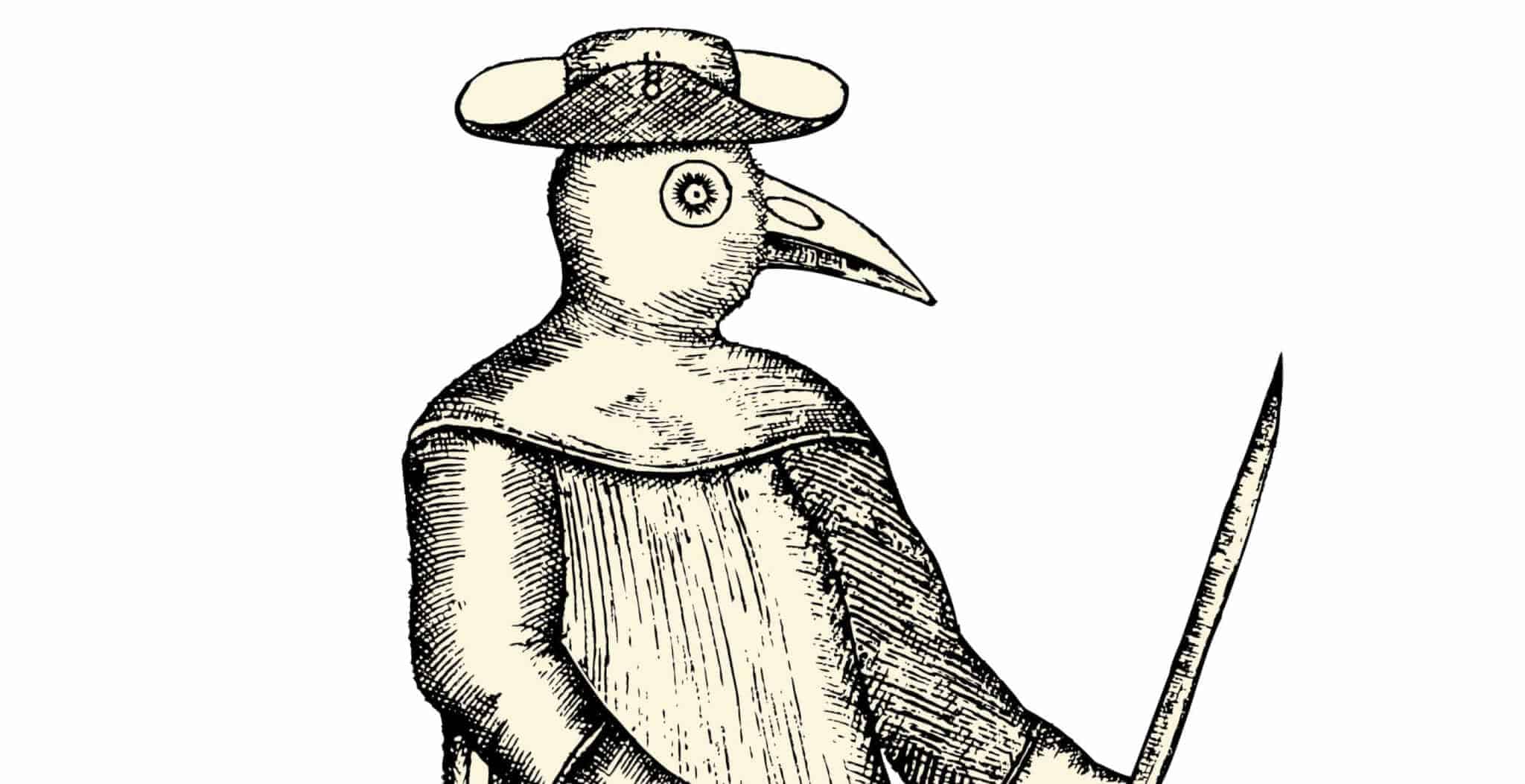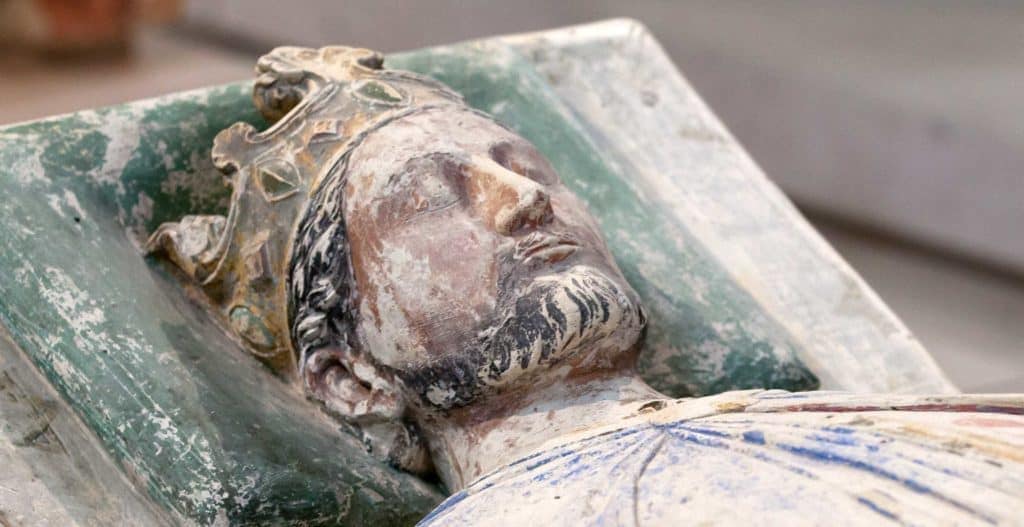One of London’s great and perhaps overlooked landmarks is the Temple Church, a fitting historical reminder of England and its role in the Crusades.
The Knights Templar and its history in England began not long after the end of the First Crusade, a war waged on the Muslim world to protect the Holy Sites and the Christian East. What emerged proved to be a long and arduous tale of conflict fought by medieval warriors who combined their religious devotion with knightly impulses which came to characterise this period of European history.
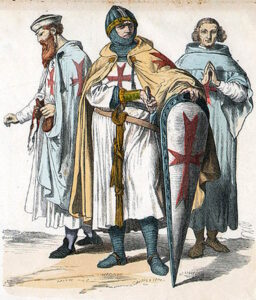
The Knights Templar was a military order founded in 1119 which would become one of the strongest, well-known and lucrative of the orders. With its headquarters at Temple Mount in Jerusalem, the lifespan of this military order was almost two centuries, in which time, its members would become skilled warriors and participants in the continuing escalation of fighting known as the Crusades.
In 1099AD Jerusalem had been captured from the Fatimid Caliphate and had fallen into the hands of the Franks, thus ensuring that the Crusaders were in control of the Holy City. This win however was not enough to secure the remaining land surrounding the site and thus Christian pilgrims found themselves in vulnerable positions whilst on their way to Jerusalem.
As a result, in 1119 a French knight, Hugues de Payens made his plea to King Baldwin II of Jerusalem to create a religious order designed solely for the protection of these Christian pilgrims. Baldwin and the Patriarch of Jerusalem, Warmund, agreed and thus the Knights Templar was allowed its headquarters in the royal palace on the Temple Mount.
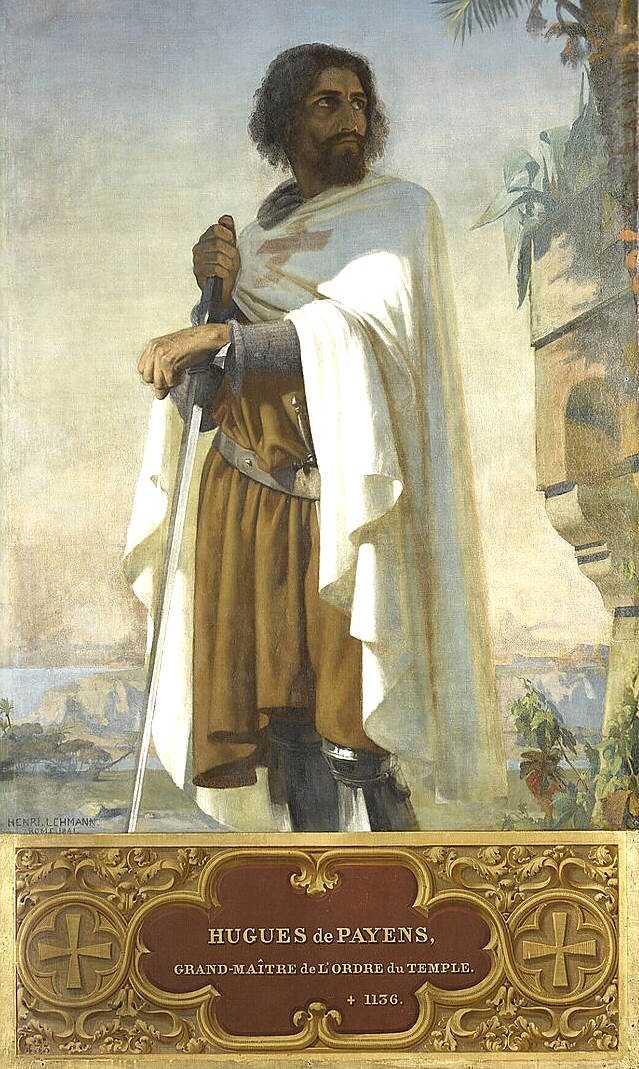
Meanwhile, in the far western corner of Europe, England had remained on the fringes of the First Crusade, with little involvement and lacking the mass participation of its continental neighbour France.
Therefore a few years later in 1128 the French knight and creator of the Knights Templar, Hugues de Payens, paid a visit to England hoping to secure their support.
The Grand Master requested finance and manpower and in very little time, his mission garnered success.
In the same year as Payens visit, the first Templar house was established in London, with its early patrons including King Stephen and Queen Matilda. The Templars would later move to a larger site which had included Lincoln’s Inn, marking the beginning of the military order’s status in England and its continuing effect on architecture across the country.
Subsequently, King Henry II proved to be one of many English kings to take an interest in the Templars activities and was receptive to their needs; so much so, that he paid for the upkeep of 200 Templar knights in the Holy Land.
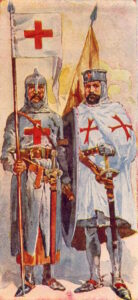
Henry II gave the Templars land, some of which was used to construct a round church, patterned on the Holy Sepulchre in Jerusalem, which was inaugurated by King Henry II in 1185, thus establishing a long tradition of alliance between the kings of England and the Templars.
In the same year, the military order had its status recognised, as the Order’s English Master sat in the House of Lords as the First Baron of the Kingdom (Primus Baro), demonstrating prestige and power in the highest offices of the land, embedding the Knights Templar in English political life.
The growing influence was increasingly evident across England with various sites scattering the country. The estate at Cressing Temple in Essex for example, was one of the earliest examples of the Templar estates in the country.
Moreover, buildings with varying functions serving as dormitories, storehouses, churches and dining halls would become a mainstay of the English architectural landscape.
Up and down the country, the infrastructure belonging to the Templars was expanding all the time, in various locations ranging from its heartland in London and spreading out to neighbouring counties of Kent, Essex and Hertfordshire. Further north, Warwickshire, Lincolnshire and Yorkshire were also home to the order’s holdings.
One example of its growing presence in English life was in Newark, Nottinghamshire, where a hospital was granted to the Templars for the sick.
Meanwhile Baldock, Hertfordshire was the site of the headquarters of the Knights Templar until 1254.
Further south in Kent, Strood was a royal manor belonging to King Henry II until he donated it to the Knights Templar in 1159, allowing the military order to assemble several buildings including a hall, kitchens and stables. The stone building which still survives today was completed later in 1240 and is known today as Temple Manor.
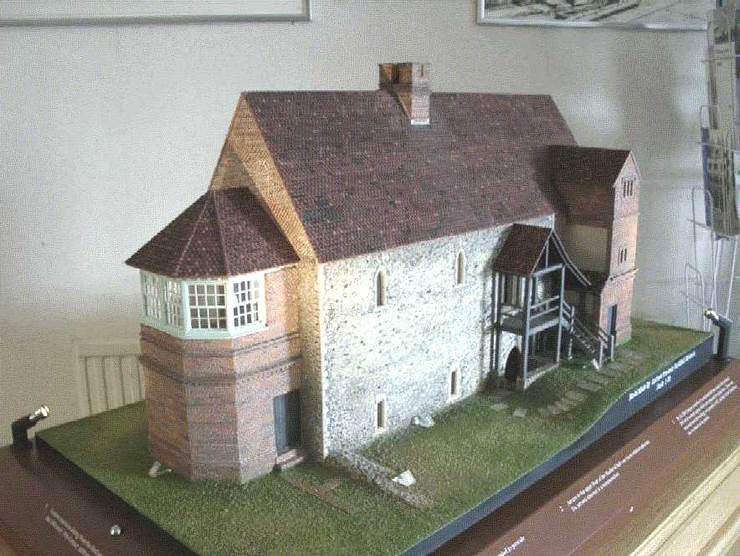
The original building was designed for travelling dignitaries, as a form of comfortable accommodation with facilities for those travelling between the Kent coastline and London.
For all these sites across England, many still retain the name “Temple”, which points to their medieval Templar heritage which was ubiquitous across swathes of the country.
Following the death of King Henry II, his third son, Richard, the unlikely successor of his father’s reign, came to the throne in 1189 and resumed his father’s relationship with the Templar, so much so that it became a defining feature of his reign and earned him the sobriquet, Richard the Lionheart thanks to his reputation as a military warrior of the Crusades.
From the tender age of sixteen, Richard’s propensity for military engagement was evident as he took command of his own army.
Unsurprisingly, the future English monarch therefore became a Crusader King, becoming commander during the Third Crusade and taking over from Philip II of France. In his time he gained considerable wins, particularly against his rival Saladin. In the meantime however such grand military escapades needed to receive funding and thus he went about collecting as much financial capital as he possibly could and used the tax which had started under his father, known as the Saladin tithe, in order to raise the necessary funds.
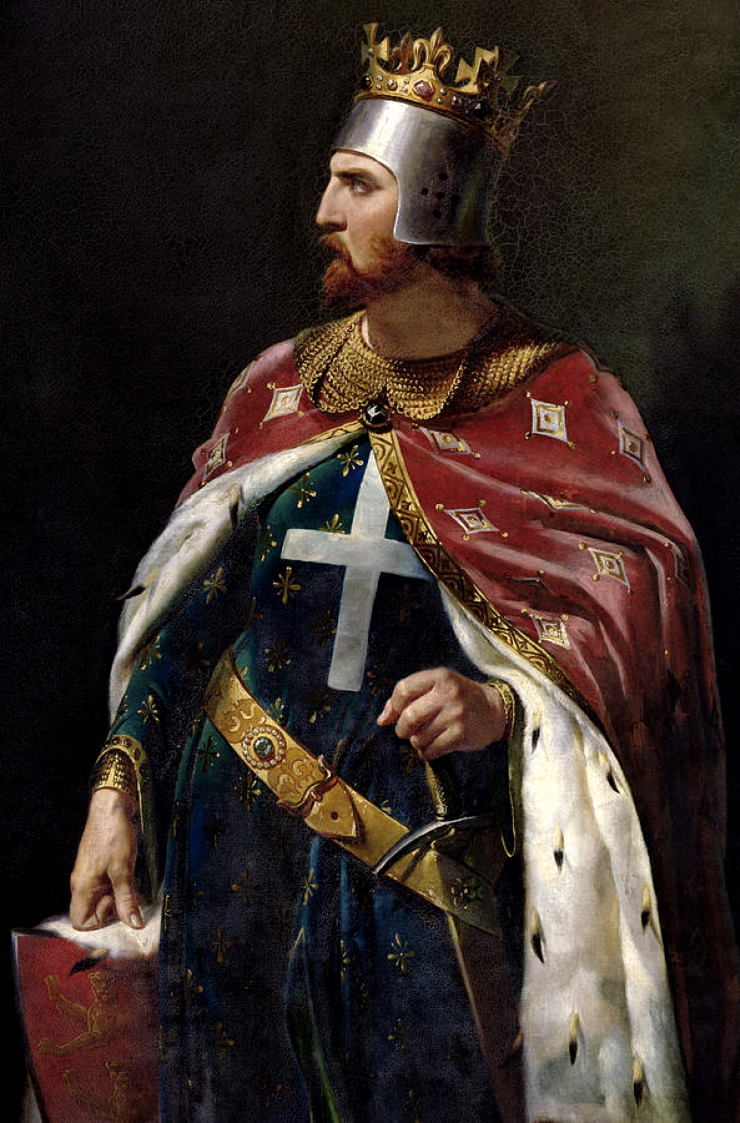
The Templars would become an integral part of this process, as both Henry II and Richard I would use them as tithe collectors. Moreover, the monarchy also confirmed their land holdings and gave them immunity from all pleas.
During the reigns of subsequent monarchs, the Templars would find themselves holding not only great political power but also financial sway, as they became integral parts of the financial mechanism of the royal court and the institutions around it.
After Richard’s demise, King John continued to bestow great privileges on the Templars.
One year into his reign, Pope Innocent III issued a papal bull giving immunity to people and goods within the houses of the Knights Templar from the local laws of the land, therefore the Templar buildings became sites of financial sanctuary. Large depositories of wealth turned the thirteenth century Templars into a financial hub of activity which only increased under King John, who also gave them even more land as their revenues increased and the New Temple became a royal treasury.
It was also at this time of great economic and political importance that the first lawyers lived in the Temple, as advisors to what was fast becoming of one the largest international organisations of its time.
During the reign of King Henry III further military, political and financial power was entrusted to the knights, and the king was present during the consecration of a nave which was added to the round church in 1240.
However the power of the Knights Templar was beginning to wane. Under King Edward I they had less say in financial and public life.
Furthermore, by the turn of the century, the favours and privileges bestowed on the military order began to dry up, as King Philip IV of France began his suppression of the order in 1307.
Whilst King Edward II was initially reticent to believe the accusations against the Knights Templar, the involvement of Pope Clement V forced Edward to act accordingly, which included giving an order to seize its members in January 1308.
In the years that followed, arrests were made and trials instigated, resulting in some reconciling with the church whilst others who refused facing death at the Tower of London.
By 1312, the King of France was increasing the pressure on Pope Clement V for more action and so, in that same year, the Knights Templar was officially dissolved at the Council of Vienne.
Subsequently, Edward II seized the New Temple for the Crown, whilst in France the remaining Templar leaders were killed.
Whilst the French zealously pursued the last of the Templars, England was more reconciliatory and many of its members were never arrested. After the dissolution all of its members were given the freedom to find a new role and place in English society, with many simply moving on to join the Hospitallers.
In the years, decades and centuries that followed, the impetus to fight the Muslims slowly dwindled along with the Templars themselves. The grand military order which had once held substantial power, both political and financial, in England and had enjoyed the endowment of great privileges from numerous kings of England, now simply faded into the landscape along with many of its buildings.
A new era was dawning, the power of the Knights Templar had been lost however its symbolism and impact on medieval life would forever be entrenched in the heritage of the British Isles.
Jessica Brain is a freelance writer specialising in history. Based in Kent and a lover of all things historical.
Published 12th January 2024
